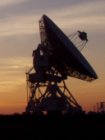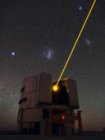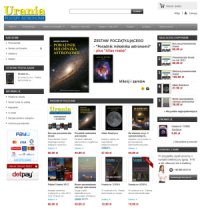UV radiation around protostars in NGC 1333 using the IRAM telescope
UV radiation around protostars in NGC 1333 using the IRAM telescope
Marcin Gładkowski, Agata Karska, Lars Kristensen, Agnieszka Mirocha and Michał Żółtowski
The presence of UV fields around low-mass protostars affects the physics and chemistry of the collapsing envelopes that form the star-planet systems. The direct measurements of the UV fields are impossible yet due to absorption by the dense envelopes. An alternative method is to identify reactions which occur almost exclusively under the influence of UV fields. For example, HCN molecules are dissociated in contact with the UV-radiation and form CN, and so, the CN/HCN ratios are good tracers of UV-field. We used the IRAM 30 m millimeter telescope to map molecular emission from HCN, CN and their isotopologues in the surroundings of low-mass protostars in NGC 1333. We present the spatial distribution of the molecular emission and the line profiles of various species at selected positions along the outflows. Our preliminary results show that UV radiation is widespread in low-mass protostars and plays an important role for the chemistry of these objects.
Proceedings of the Polish Astronomical Society, vol. 7, 210-212 (2018)
Download full article as PDF file:







